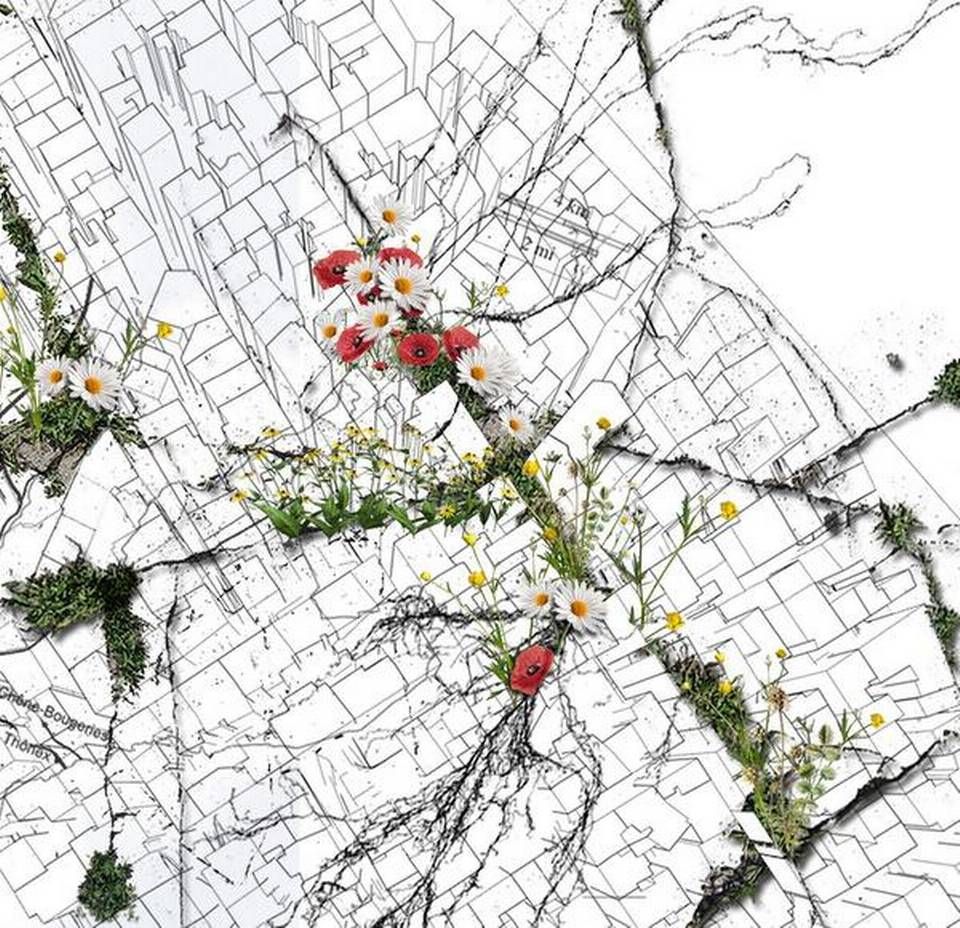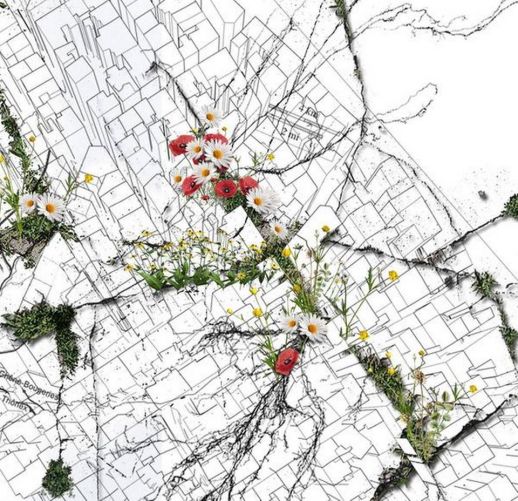Broken nature — reassembling the urban

Broken nature — reassembling the urban
An increasing number of people are losing faith in humanity’s capacity to save the environment. Nature and cities seem polluted and imbalanced beyond redemption. The view that we are on a fast-forward track to self-destruction is broadly held.
Even if we could pull the brakes and change our habits, the damage that has been done seems irreversible. Our generation is left with a brutalised world: animals bred on antibiotics, vegetables awash with pesticides, water brimming with microorganisms, air infused with particles. We have already lost countless plant and animal species. Wilderness is increasingly preserved only in the form of fenced ‘natural parks’, where human presence is policed. The ecosystem may soon be engineered by scientists trying to keep it going. Once a generous provider, the earth is now seen as a terminally ill patient requiring intensive care.
We continue, however, to maintain an ambiguous relationship with the desolated landscape that we have collectively produced. On the one hand, we feel sorry when we see a pile of garbage on the roadside or a contaminated ocean in which fish are disappearing. On the other, we retain an incredible capacity to shield ourselves from it, as if it belonged to another reality in which we had no part to play.
How have we developed this capacity to feel remote from the world outside? The very first thing that parents transmit to their children is a sense of connect, which makes them understand that although they have their own bodies, minds and desires, they are also part of a family that functions as a unit. Empathy guarantees high-speed knowledge sharing and mutual caring. Yet, the very next thing that we learn as children is that this sense of empathy should not be extended beyond family or community boundaries.
Tribal dichotomy
Our perceived distance from the natural world and fellow humans gives us a false sense of identity and control. This is ours (to be cherished and protected), and this is the rest (hostile and/or disposable). We care deeply about what happens in our homes and backyards, but we feel a total disconnect towards what’s beyond.
Our response to this imperilled world cannot be to create a safe haven protected from the outside (say a luxury condo, an island city or a remote ashram). We can no longer turn our backs on the outside world, regardless of how messed up it is. This ‘external environment’ that we once thought we could dominate or at least keep at bay is now flooding our homes, inviting itself into politics, giving rise to social unrest, and destabilising the economy. What we shield ourselves from comes back with a vengeance.
Interconnected worlds
It is our unwillingness to understand how things are connected that led us to this mess in the first place. We can’t abstract the milk we drink from the meat we export; the presence of a high-end building from that of a slum next door; the service economy in cities from the development of villages; tribal life from the preservation of nature. These are not parallel realities running independent courses, but interconnected dimensions of the same world — ours.
The best way to repair our broken world may be to rethink how the parts connect. Urban and rural must be reassembled in creative ways, as interdependent realities that have everything to gain from their relationships.
We must also reimagine what ‘nature’ could mean in the city, and how human habitat can contribute to the ecosystem. This requires a lot of creative work, but most importantly, a broadening of our sense of belonging and caring to what’s right outside our window.
This article was first published in The Hindu Sunday Magazine on 25th May, 2019


